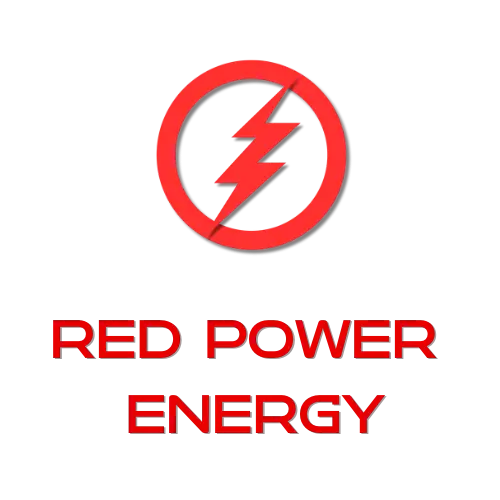Tribal Utility Authority Part XI: Infrastructure Assessment and Planning
Tribal Utility Authority | Powered By Red Power Energy
TUA Experts
+1 855-573-3769
Good >Better>Best Options
Infrastructure Assessment and Planning
Infrastructure assessment and planning forms the foundation for reliable utility service delivery and sustainable operations. Think of it as creating a detailed roadmap for your utility’s future, beginning with a thorough understanding of what you have today. This process combines technical evaluation with community needs assessment, ensuring that infrastructure development serves both practical requirements and tribal priorities.
Beginning with physical inspection provides crucial baseline information about your infrastructure condition. This process involves more than just looking at visible components—it requires systematic evaluation of all system elements. Underground pipes might need camera inspection or pressure testing. Treatment plants require detailed equipment evaluation. Storage tanks need both external and internal examination. Many successful utilities develop comprehensive inspection schedules that ensure regular evaluation of all infrastructure components while respecting cultural considerations about accessing certain areas.
Condition assessment moves beyond basic inspection to evaluate how well infrastructure components perform their intended functions. This process involves both physical testing and performance evaluation. Water distribution systems might undergo flow testing to verify capacity and pressure capabilities. Electrical systems require load analysis and efficiency evaluation. Treatment systems need comprehensive performance testing. Experience shows that thorough condition assessment helps identify both immediate needs and developing problems before they affect service delivery.
Performance evaluation examines how well infrastructure systems serve community needs. This goes beyond technical specifications to consider actual service delivery effectiveness. Are water pressures adequate throughout the system? Does electrical service remain reliable during peak demand periods? Can wastewater systems handle current flows? Many utilities find that combining technical performance data with community feedback provides the most complete understanding of system effectiveness.
Risk assessment helps identify potential infrastructure vulnerabilities and priorities for improvement. This process considers both the likelihood of problems and their potential impacts. Critical systems serving essential community facilities might need priority attention. Systems with a history of problems or reaching the end of their expected life require careful evaluation. Successful utilities often develop risk matrices that help prioritize infrastructure investments based on both technical assessment and community priorities.
Capacity analysis determines whether existing infrastructure can meet current and future needs. This involves evaluating both physical capacity and operational capabilities. Can water treatment plants produce enough safe drinking water? Do electrical systems have adequate capacity for growing demands? Will wastewater systems handle anticipated development? Many utilities find that comprehensive capacity analysis helps prevent service constraints while supporting community growth.
Technology assessment examines whether existing infrastructure incorporates appropriate technological solutions. This doesn’t always mean adopting the newest technology—it means finding the right balance between technological capability and operational sustainability. Modern control systems might improve operational efficiency, but they need to match your utility’s maintenance and operational capabilities. Experience shows that successful technology assessment considers both potential benefits and long-term support requirements.
Environmental impact evaluation ensures infrastructure planning considers effects on natural resources. This process examines both current impacts and potential future environmental considerations. How do utility operations affect water resources? What are the implications for air quality? Are there impacts on sensitive environmental areas? Many successful utilities integrate traditional ecological knowledge with modern environmental assessment methods to develop a comprehensive understanding of environmental impacts.
Cultural resource consideration ensures infrastructure planning respects and protects important tribal sites and practices. This involves both identifying cultural resources and understanding how infrastructure might affect them. Are there sacred sites near proposed infrastructure locations? How might construction or maintenance activities affect cultural practices? Experience shows that early consideration of cultural resources helps prevent conflicts while maintaining community support.
Cost analysis provides crucial information for infrastructure planning decisions. This involves examining both immediate costs and long-term financial implications. What are the construction or replacement costs? How will operational expenses change? What maintenance requirements will new infrastructure create? Many utilities find that comprehensive cost analysis helps develop sustainable infrastructure plans while supporting funding applications.
Funding evaluation examines available resources for infrastructure development. This process considers both current funding sources and potential future opportunities. What grant programs might support needed improvements? How can rate revenues contribute to infrastructure development? Are there partnership opportunities that could help fund improvements? Successful utilities often develop diverse funding strategies that support sustainable infrastructure development.
KEEP READING BELOW
WIDE RANGE OF TRIBAL UTILITY SERVICES
Do you need Tribal Solar Help ? Look no further!
Leading experts in Tribal Utility Authority formation, IPP development, and PPA negotiation. Transform your tribe's energy infrastructure with comprehensive solutions backed by decades of experience in Indian Country.
- Tribal Utility Authority Formation
- Independent Power Producer Development
- Power Purchase Agreement Negotiation
- Virtual Tribal Energy Office Implementation
- Energy Program Management
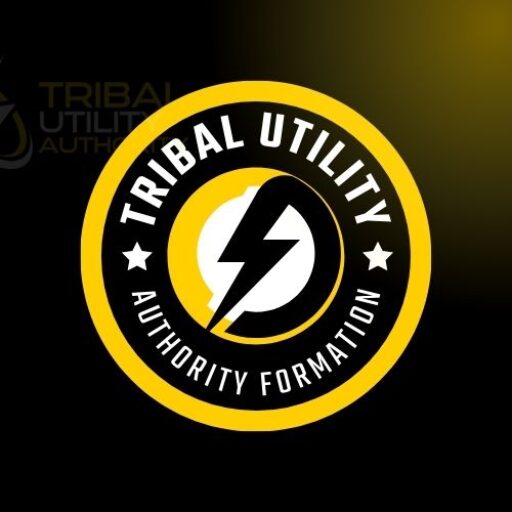

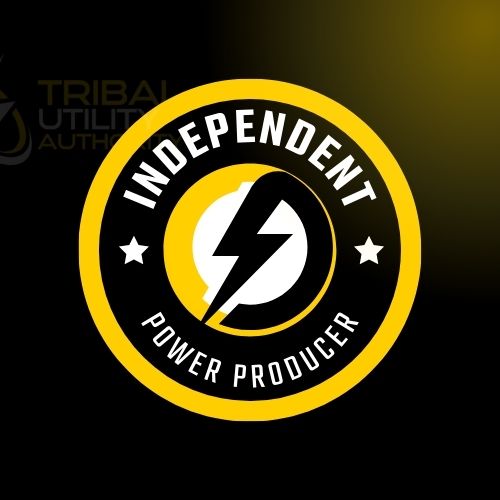
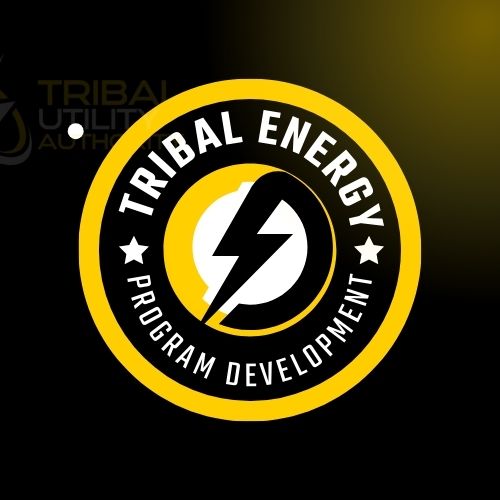
Timeline development creates realistic schedules for infrastructure improvements. This involves considering both technical requirements and practical constraints. How long will various improvements take? What sequence of work makes the most sense? How can improvements be phased to maintain service while managing costs? Many utilities find that careful timeline development helps maintain project momentum while managing community expectations.
Resource assessment examines what you’ll need to implement infrastructure improvements. This goes beyond just money to consider all necessary resources. What equipment will be required? Do you have adequate staff capabilities? What technical support might be needed? Experience shows that thorough resource assessment helps ensure successful project implementation.
Community engagement ensures infrastructure planning reflects tribal priorities and needs. This involves both sharing information and gathering input. How will improvements affect service delivery? What concerns do community members have? How can traditional knowledge inform infrastructure development? Many successful utilities maintain ongoing community dialogue throughout their infrastructure planning processes.
Documentation requirements support both current planning and future reference. This involves maintaining clear records of all assessment and planning activities. What conditions did you find? What options did you consider? How did you reach various decisions? Many utilities find that thorough documentation helps maintain project continuity while supporting funding applications and regulatory compliance.
Regulatory compliance ensures infrastructure planning meets all applicable requirements. This involves understanding both current regulations and potential future requirements. What permits will be needed? How do various regulations affect improvement options? What compliance documentation is required? Experience shows that early attention to regulatory requirements helps prevent project delays.
Emergency planning considerations ensure infrastructure improvements support reliable service under various conditions. This involves examining both normal operations and potential emergency scenarios. How will new infrastructure perform during natural disasters? What backup capabilities are needed? How can improvements enhance emergency response? Many successful utilities integrate emergency planning throughout their infrastructure assessment and planning processes.
Maintenance planning ensures infrastructure improvements remain sustainable over time. This involves considering both routine maintenance requirements and long-term rehabilitation needs. What ongoing maintenance will be required? How will maintenance needs change over time? What resources will be needed for sustainable operations? Experience shows that careful maintenance planning helps extend infrastructure life while managing long-term costs.
Integration planning ensures various infrastructure components work effectively together. This involves examining both physical connections and operational coordination. How will different systems interact? What control systems are needed? How can operations be optimized? Many utilities find that careful integration planning helps maximize infrastructure effectiveness while minimizing operational problems.
Implementation planning moves infrastructure plans toward actual improvements. This involves developing detailed approaches for putting plans into action. What contracts will be needed? How will construction be managed? What operational adjustments will be required? Experience shows that thorough implementation planning helps ensure successful project completion while maintaining service reliability.
Monitoring plans ensure infrastructure improvements deliver intended benefits. This involves establishing systems to track both construction progress and operational results. How will you measure success? What indicators will you track? How will you verify performance? Many successful utilities develop comprehensive monitoring plans that help demonstrate project benefits while identifying any needed adjustments.
Adaptation planning ensures infrastructure improvements can adjust to changing conditions. This involves building flexibility into improvement plans. How might needs change over time? What future challenges might arise? How can improvements adapt to various scenarios? Experience shows that careful adaptation planning helps maintain long-term infrastructure effectiveness while managing uncertainty.
Long-term planning looks beyond immediate improvements to consider future needs and opportunities. This involves maintaining perspective on both current projects and future possibilities. What future developments might affect infrastructure needs? How can current improvements support future options? What long-term trends should inform planning? Many successful utilities maintain rolling planning processes that balance immediate needs with long-term development.
Experienced Tribal Solar Experts
WE USE THE LATEST TOOLS & TECHNOLOGY
We provide reliable and quality electrical services to customers in the area. We specialize in all aspects of residential and commercial electrical work, from new installations and upgrades to repairs and maintenance.
We are a full-service electrical contractor dedicated to providing quality electrical services to both residential and commercial customers. Our team of experienced electricians are highly trained and certified.
TRIBAL UTILITY AUTHORITY CONSULTING
Expert guidance in establishing and managing tribal utility authorities, helping Native American communities achieve energy sovereignty through strategic planning and implementation.
TRIBAL UTILITY PROGRAMS
Comprehensive support for developing and implementing sustainable tribal utility programs that enhance community self-reliance and economic development.
TRIBAL UTILITY AUTHORITY FORMATION
Complete assistance in establishing legally sound tribal utility authorities, including regulatory compliance, governance structure development, and operational framework creation.
TRIBAL UTILITY AUTHORITY OPERATIONS
Professional support for day-to-day utility management, including system maintenance, customer service, billing operations, and performance optimization.
TRIBAL UTILITY AUTHORITY TECHNOLOGY
State-of-the-art technological solutions for modern tribal utility operations, featuring advanced metering, smart grid capabilities, and integrated management systems.
TRIBAL UTILITY AUTHORITY WORKFORCE
Specialized workforce development programs focused on building local capacity through technical training, professional development, and ongoing operational support.
Are you in need of an Tribal Utility Authority Expert ?
Look no further! Our team is here to help.
REACH OUT AND CONNECT
Get a Complete Quote
Your bridge to meaningful communication and personalized assistance, we're here to listen and assist you
Latest Tribal Utility Authority Updates
NAVIGATING IDEAS AND INSPIRATION
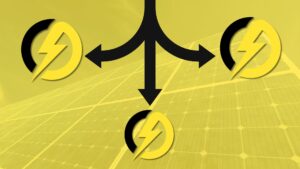
Tribal Utility Authority Overview
A tribal utility authority is a specialized administrative entity established by a Native American tribe to manage and operate essential utility services within their tribal

Tribal Utility Authority Formation: Harnessing Tribal Energy Sovereignty
Tribal Utility Authority Formation: Harnessing Tribal Energy Sovereignty Welcome to TribalUtilityAuthority.com, the definitive resource on establishing and operating Tribal Utility Authorities (TUAs) to achieve energy
